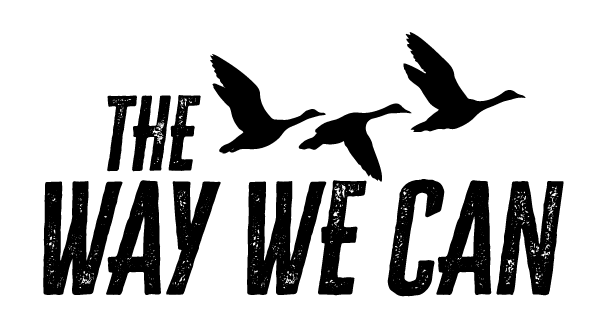
How We Work
Build Capacity, Not Dependence
The Way We Can builds individual and collective capacity through exceptional coaching, consulting, and decision-making support. We provide a mindset, map, and methodology that enables leaders and teams to think, decide, and act together as effectively as they can.
The mindset is a shift from ‘me’ to ‘we’. In a rapidly changing, complex, and interdependent world, success can no longer depend on what one leader does or doesn’t do.
The map is a snapshot of where the team is now and where it can go. It reflects research from MIT and Google demonstrating that the pattern and quality of interactions within a team contributes more to high performance than the combined total of individual characteristics like personality, intelligence, abilities, and experience.
The methodology is a framework of proven practices that propels what teams can achieve. We align what we offer to the specific needs revealed by the map and other assessments. The result is more focused, productive, efficient, and effective discussions. And, we equip clients with the skills to keep building capacity on their own.
Relationship Infrastructure
Build a Resilient, Efficient & Effective TeamBlue lines are connections between people. They represent communication and the movement of information, resources, and energy between people. Whatever the starting point, our practices and facilitation take teams to the next level.

Pond Thinking*
The Way We Can builds capacity on a mindset of functional interdependence. Most leadership development boosts the knowledge, skills, or awareness of individuals hoping teams improve as a result. But they often don’t.
Consider Koi fish in a pond. You see one floating belly up. Your first reaction may be to buy a new fish. This is how most teams and leaders operate; identify the ‘bad fish’ and fix or replace him. But if another fish turns up dead, and then another, you might wonder if the pond is toxic or is lacking the nutrients fish need to survive. At some point, you might realize you need to improve the pond if you want the fish to thrive.
Creating a high-performing culture is like making a healthier pond. Our mindset, map, and methodology equip leaders and teams to ‘take care of the pond by themselves.’*Our pond thinking example comes from the article, Organizational Leader: Do You Really “Think Systems”
The Way We Can tailors everything we do to client needs. We always blend capacity-building and training with actual work. You have too much to do to stop work in its tracks for any training. And, the best way to integrate new skills and approaches into how you actually operate is to road test them in real work, right away.
Organizations that work with us develop new practices, habits, and the seeds of an even more effective culture because what we do together moves their work forward in obvious and profound ways.
Our clients have reported the following results:
Achieving greater clarity, stronger accountability, deeper alignment
Generating widespread trust people won't be ignored, shamed, or blamed for voicing their questions, concerns, or ideas
Increasing capacity to think, decide, and act more effectively together
Giving and receiving feedback fearlessly, resulting in more time discussing other substantive issues
Shifting dysfunctional cultural norms to attract and include greater diversity, a key to innovating and delivering better products and services to clients
Growing individual and collective commitment to ask the right questions, work hard to answer them, take action, and keep learning
Working in more responsive and agile ways, taking more ownership of their work and how it impacts the larger system
Producing self-repairing, self-improving, self-optimizing, and self-managing teams
Creating healthy team dynamics that keep problems from arising in the first place
Having more fun!

“People who were previously silent spoke up more. Solutions that were dismissed got a hearing. More work got done. The surplus of health on individual teams meant that collaboration across teams got easier. We saw time-to-market for new product ideas shrink. The business effect was visible across tens and later hundreds of product launches.”VP of Technology, Vistaprint



